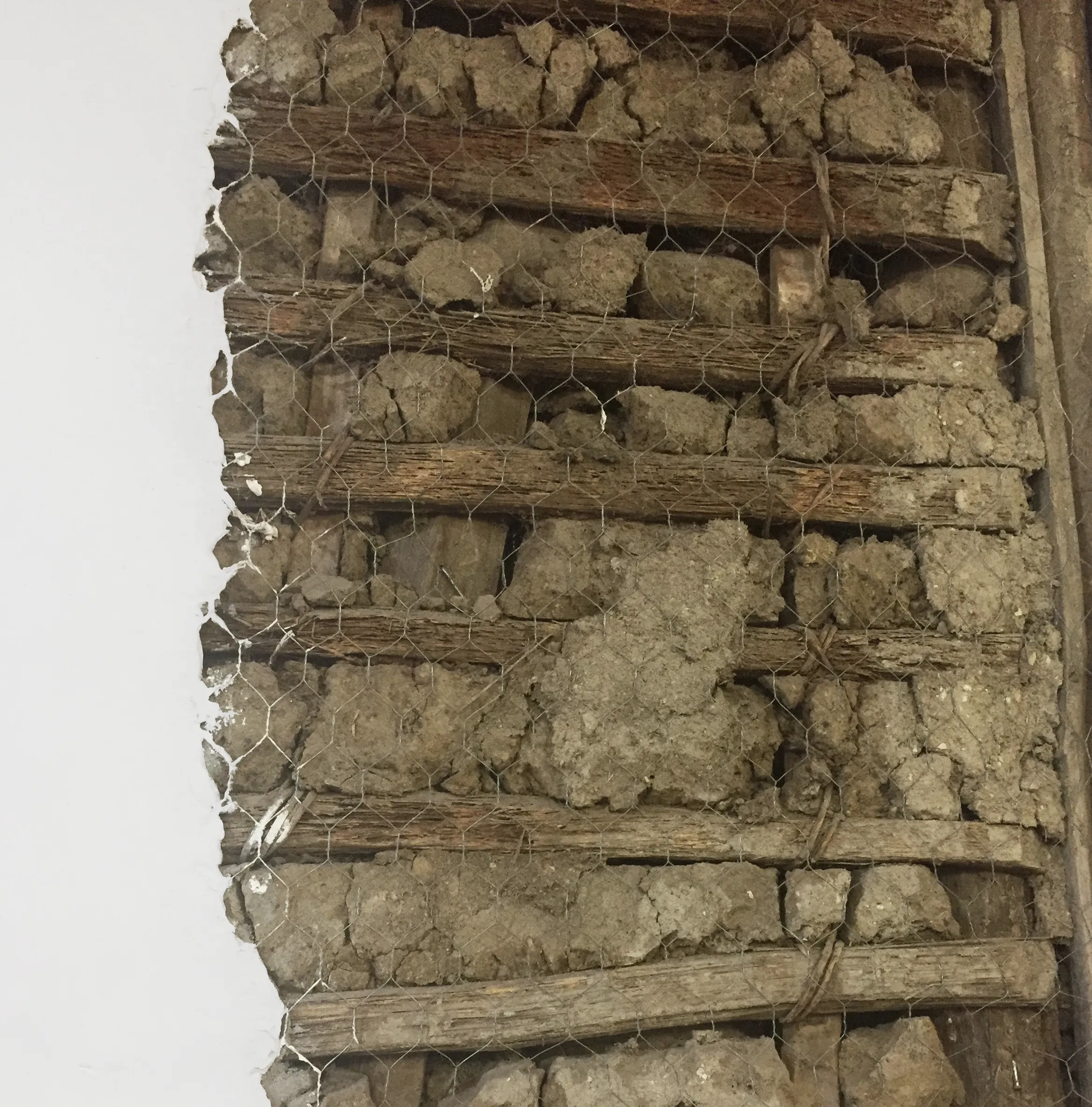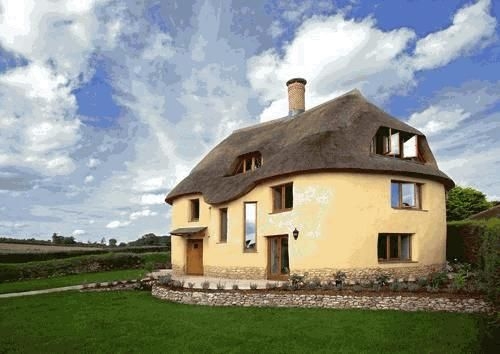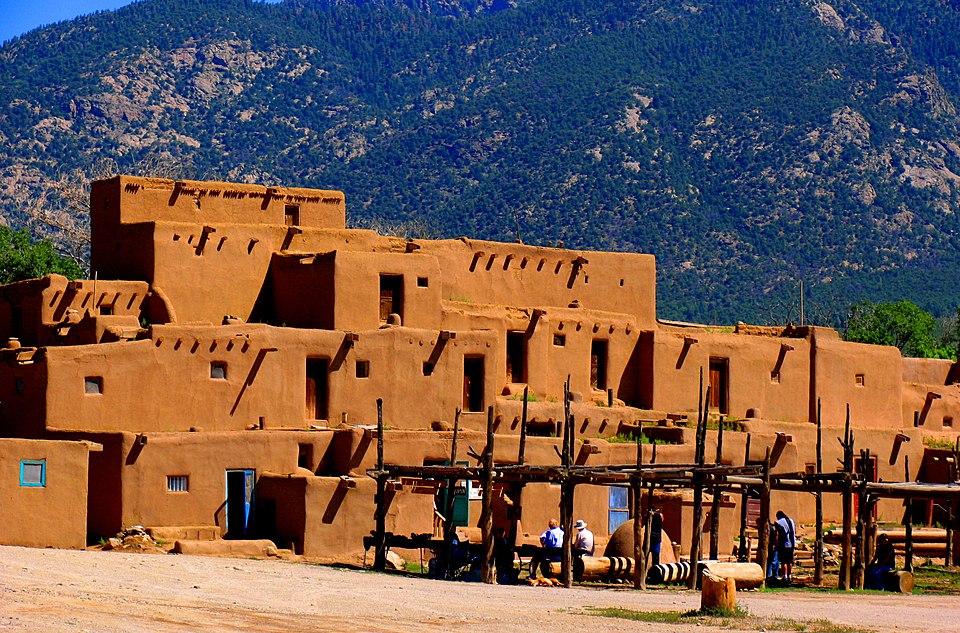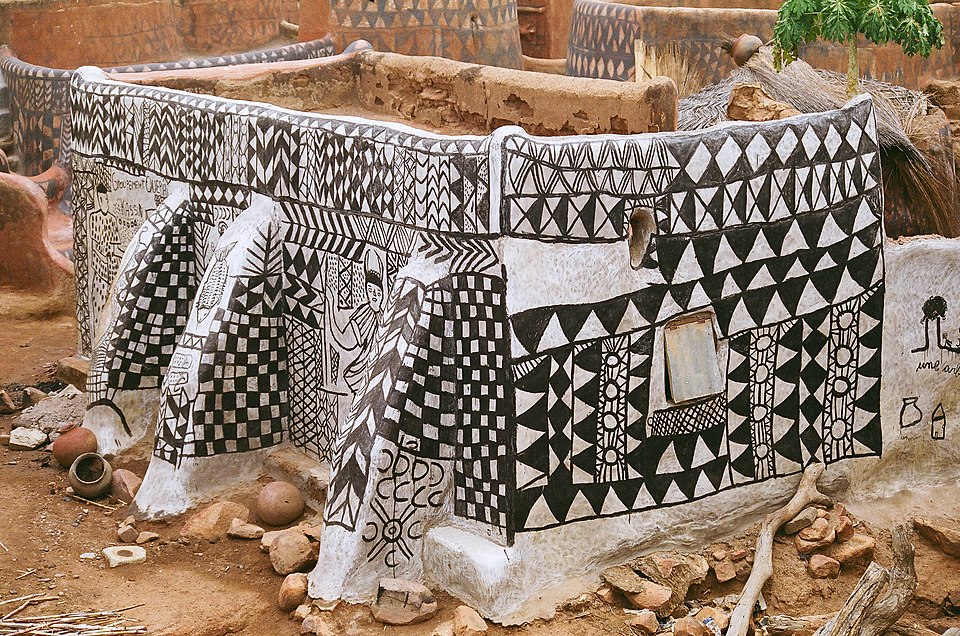Built to Last: The Enduring Legacy of Earthen Architecture
Far from being limited to a single region or culture, earthen architecture is a global phenomenon. From desert fortresses in Morocco to centuries-old homes in England and New Mexico, earth-based buildings continue to serve as residences, places of worship, and community centers. They are a testament to the strength and longevity of natural building techniques when done thoughtfully. In fact, many of the world’s oldest buildings still standing today were made from some form of earthen construction.
A Global Tradition Rooted in Resilience
Earthen architecture takes many forms depending on local soils, climate, and traditions. Some builders use adobe: sun-dried bricks made from clay-rich soil. Others use rammed earth, compacted in layers inside temporary forms. Cob is sculpted by hand from soil and straw. In more recent developments, compressed earth blocks (CEBs) offer a mechanized version of adobe, using hydraulic pressure to form dense, uniform blocks that can be stabilized for added strength. No matter the method, the principle is the same: using locally available materials to create durable, climate-appropriate structures.
What’s remarkable is how many of these buildings are still standing, some for hundreds, even thousands of years.
Examples That Have Withstood the Test of Time:
- Taos Pueblo, New Mexico (USA): Continuously inhabited for over 1,000 years, this adobe community is still home to Native American families today. Its thick earthen walls protect against desert heat and winter cold.
- The Great Mosque of Djenné (Mali): Built of adobe and replastered annually in a community-wide event, this West African landmark has stood since the 13th century. It remains the world’s largest mudbrick building.
- The Alhambra (Spain): While known for its ornate Islamic architecture, parts of the Alhambra were built with rammed earth walls. These centuries-old towers still stand firm in the Andalusian climate.
- Rammed Earth Sections of the Great Wall (China): Some of the earliest parts of the Great Wall were constructed using tightly compacted earth—walls that, in dry regions, have survived for more than 2,000 years.
Still Standing, Still Lived In:
Earthen homes aren’t just relics. Millions of people still live in them today, not just in remote villages, but in towns and cities around the world. These are homes that have lasted through generations, proving their value over time.
- Berber Villages in Morocco: Built into mountain slopes, these rammed earth and adobe homes remain cool in summer and warm in winter. Many have housed families for centuries with only minor updates.
- Cob Cottages in the UK: In counties like Devon and Cornwall, cob homes built 300–500 years ago are still in use today—many with only lime renders and updated thatch or slate roofs added over time.
- Kassena Compounds in Burkina Faso: Sculpted from laterite-rich earth, these traditional homes are protected by bold geometric patterns painted in natural pigments. With regular replastering, they remain comfortable and beautiful.
- Rural Adobe and Mudbrick Homes in Iran and Afghanistan: Dome-roofed and designed for thermal efficiency, these homes are a masterclass in climate-adapted design, some still in use after hundreds of years.
Whether in North Africa, the Middle East, Europe, or the Americas, the story is the same: people build with earth not just because it’s available, but because it works and it lasts.
What Makes Earthen Architecture So Durable?
The durability of earth buildings might surprise those more familiar with modern materials like concrete or steel. But with proper design, earthen structures offer remarkable strength and longevity:
- Wall Thickness: Most earthen walls are 12–24 inches thick (or more), which gives them thermal mass and excellent load-bearing capacity.
- Proper Detailing: Raised foundations, wide roof overhangs, and breathable plasters protect walls from moisture damage.
- Breathability: Materials like clay and lime plasters allow walls to dry out naturally, reducing mold and decay over time.
- Thermal Performance: The ability of earth walls to moderate temperature swings reduces stress on both the structure and the occupant. This means less cracking, less expansion and contraction, and a more comfortable living space.
- Ease of Maintenance: Unlike synthetic materials that degrade invisibly, earthen walls reveal wear early and can be easily repaired with the same material they were built from.
A Living Legacy
 Wattle & Daub 'Tapia' Earthen Wall, Colombia S.A., Photo by: Elizabeth Hurtado
Wattle & Daub 'Tapia' Earthen Wall, Colombia S.A., Photo by: Elizabeth HurtadoEarthen structures have stood the test of time, not by chance, but through generations of skilled craftsmanship and an intimate relationship with place. These buildings were never meant to be temporary, they were built to shelter, to serve, and to last.
Today, as the need for sustainable and resilient housing grows, architects, builders, and homeowners are rediscovering what traditional cultures have long known: natural materials, when used wisely, offer strength, comfort, and lasting value.
Want to explore the possibilities of building with earth?
Whether you're inspired by timeless design or looking for a long-lasting, climate-conscious solution, earthen architecture might be the answer. Work with me to design your own earthen home →


